Capcom Fighting Collection 2 Review: More of the Same, but the Best Selection Yet
Capcom Fighting Collection 2 features some of the greatest fighting games ever made, but the same issues from previous collections rear their heads again.
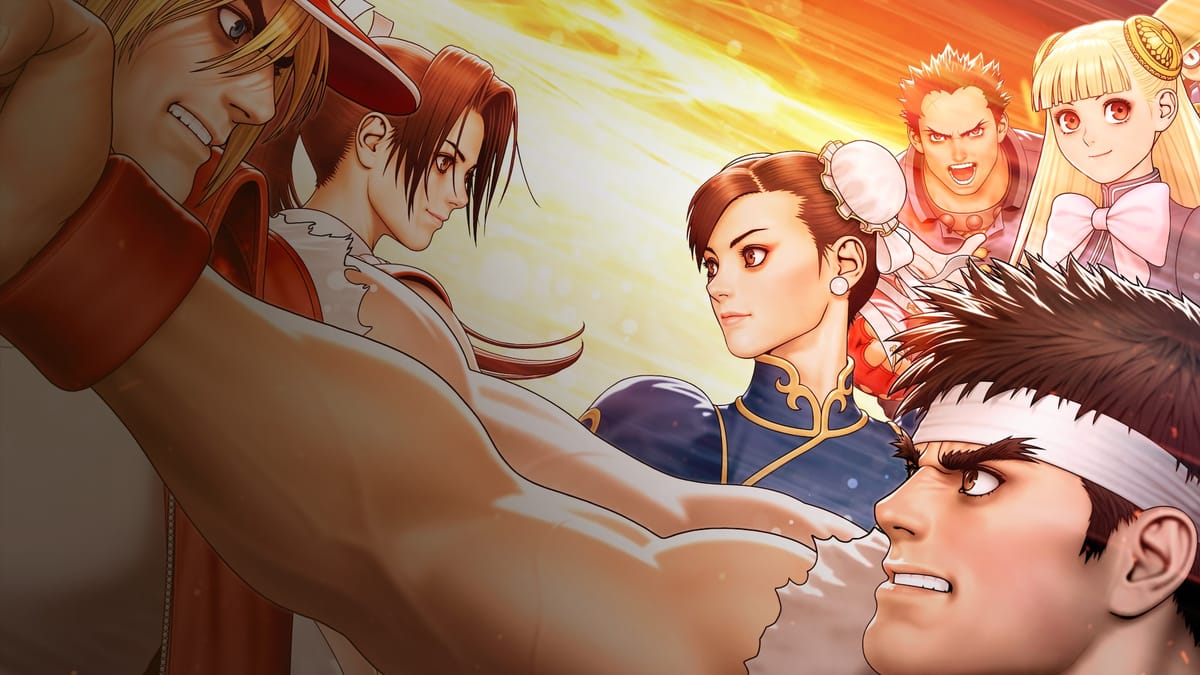
One of the first games I ever reviewed was Capcom Fighting Collection. And here we are three years later; I’m launching a website, and the Capcom Fighting Collection games are still the exact same.
After the first game, 2024 brought us Marvel vs. Capcom Fighting Collection: Arcade Classics, which took the legendary crossover to modern platforms, but that isn’t Capcom’s best crossover fighter series; Capcom vs. SNK is. Not only did I not expect the series to return (even after Terry and Mai were announced for SF6), but seeing it return in a second arcade collection that also branched out into Capcom's 3D fighters is some dream come true level stuff.
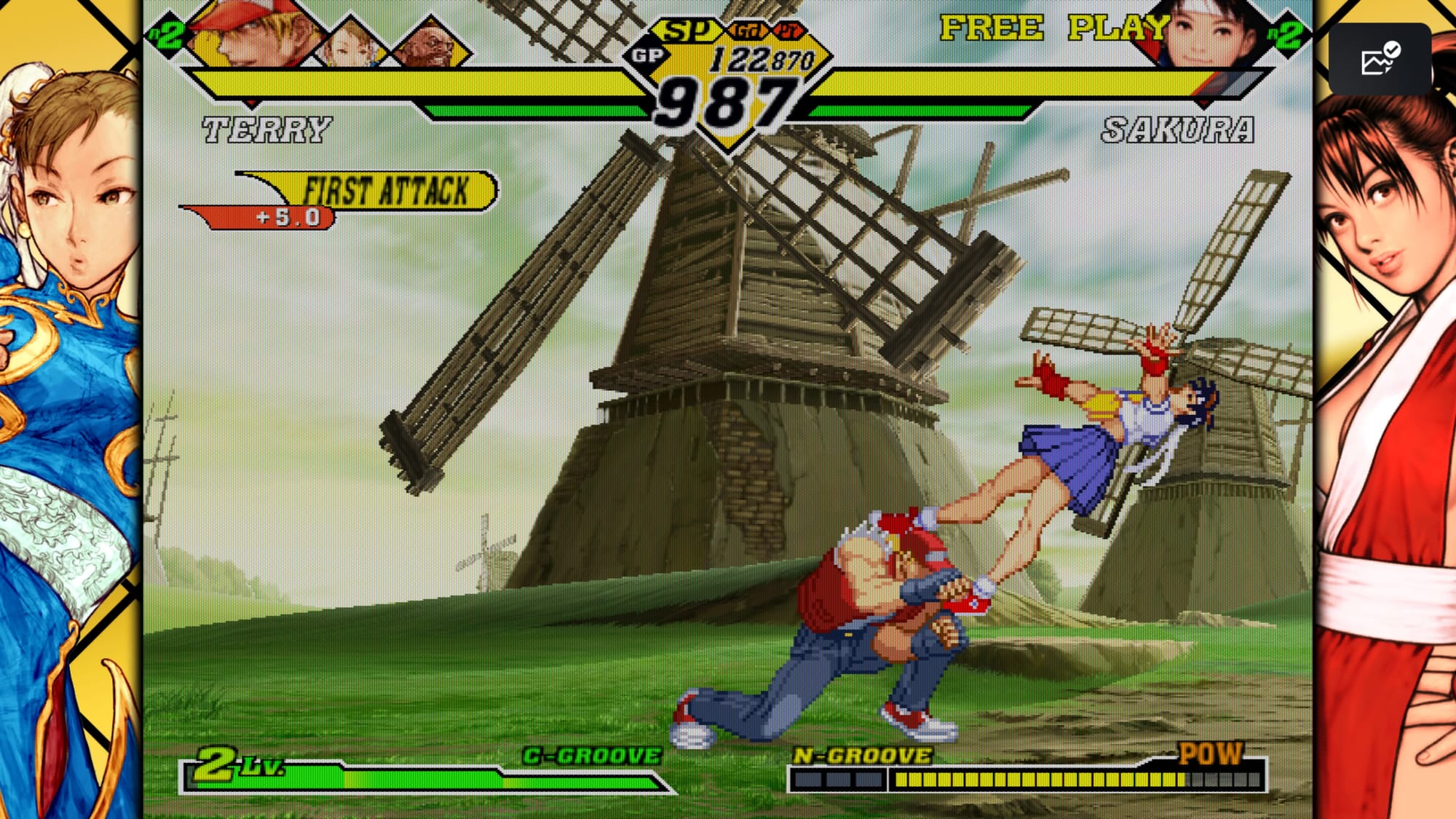
Capcom Fighting Collection is a great ‘Darkstalkers and bonuses’ collection, and this time around it’s a bit more varied. We get both Capcom vs. SNK games, both entries in the beloved arena fighter series Power Stone (the game that would later inspire Shrek Super Slam and The Grim Adventures of Billy & Mandy), and then some more fighters that Capcom had jingling around in its back pocket.
Capcom vs SNK 2 is the star of the show here. As someone willing to drop money on a dedicated port of this alone, its inclusion here is much appreciated. The original version is good too, but CvS2 is on another level. There’s an expanded roster, a bunch of lovely looking stages with bangers aplenty scoring them, and heaps more of the gorgeous character art from Capcom and SNK artists to gawk at.
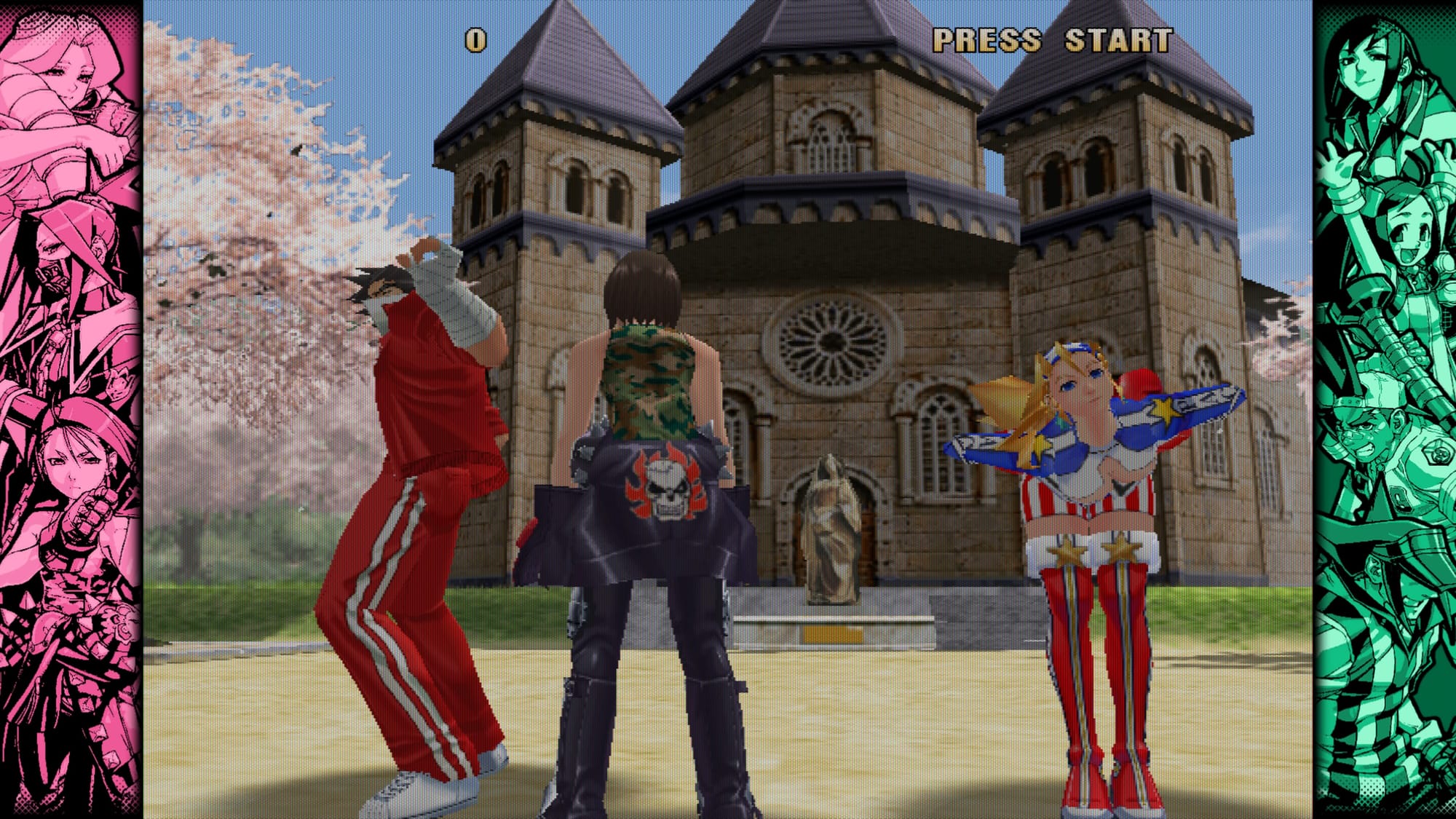
What really makes CvS2 special is the expanded groove system, which allows you to pick a fighting style based on a number of different Capcom and SNK fighters. You have C and A which took from Street Fighter Alpha 3’s A and V-ism respectively, as well as P, which add parries and Street Fighter 3, then S, N, and K, which take from KOF 94, 98, and Samurai Shodown. This, in theory, opens you up to having six versions of each character, with some characters ascending to the top tier based on which groove you pick with them.
My personal highlight outside of CvS2 is Project Justice. The follow-up to Rival Schools shows just how damn good Capcom was at 3D fighting games when it wasn’t trying to make Street Fighter EX happen. This sequel expanded the game into a 3v3 fighter and has a much bigger roster to boot.
While it does have assist Team-Up attacks, this time around you can counter it, which starts off a 1v1 scrap between the remaining teammates, which can continue or stop the Team-Up depending on who gets the first hit. It may seem small, but when that super is the difference between life and death, this becomes exhilarating. It’s also surprisingly content heavy, with a story mode run for each school group alongside the typical arcade mode that lets you choose any three fighters.
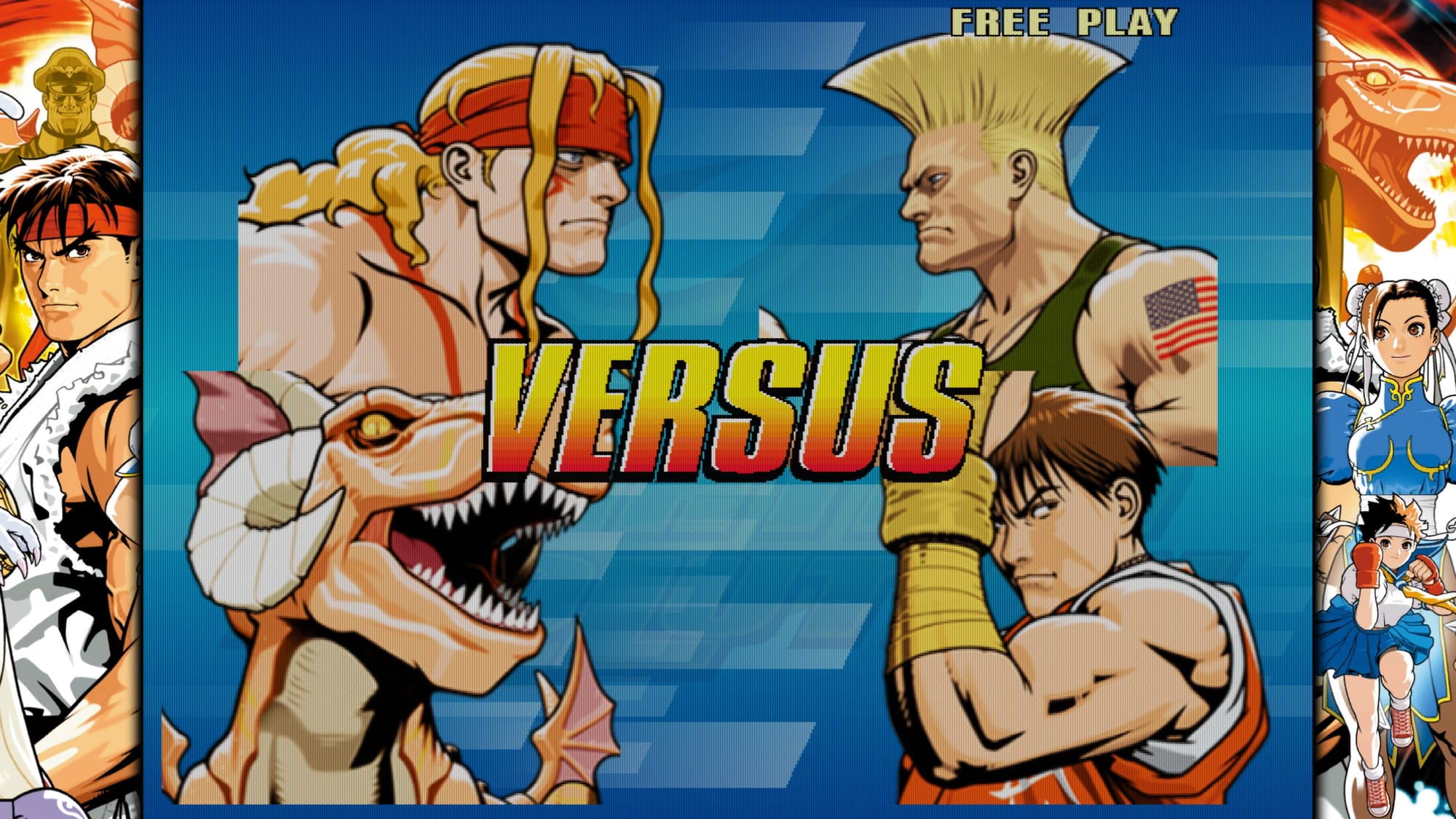
Elsewhere, it’s nice to fiddle about with some of the Capcom fighting oddities. Namely, Capcom Fighting Evolution, which is a worse version of that CvS2 concept, pitting characters from SF2, SF3, SFA, Red Earth, and Darkstalkers against each other, with each playing like their home game. Capcom vs Capcom is a concept I’ve loved for the longest time, but this one just isn’t it. Meanwhile, Plasma Sword is Capcom’s attempt at the 3D weapon fighter market by ripping off Star Wars.
However, the game list has one glaring issue this time around. While we got both Power Stone games, which is great, the other 3D fighters don’t get the same treatment. Plasma Sword’s prequel Star Gladiator is nowhere to be seen, and the same goes for the incredible Rival Schools. I don’t have much attachment to Star Gladiator, mind you, but it feels weird not to have when its sequel is there. However, the omission of Rival Schools feels like the straw that really stops this collection from all-timer status.
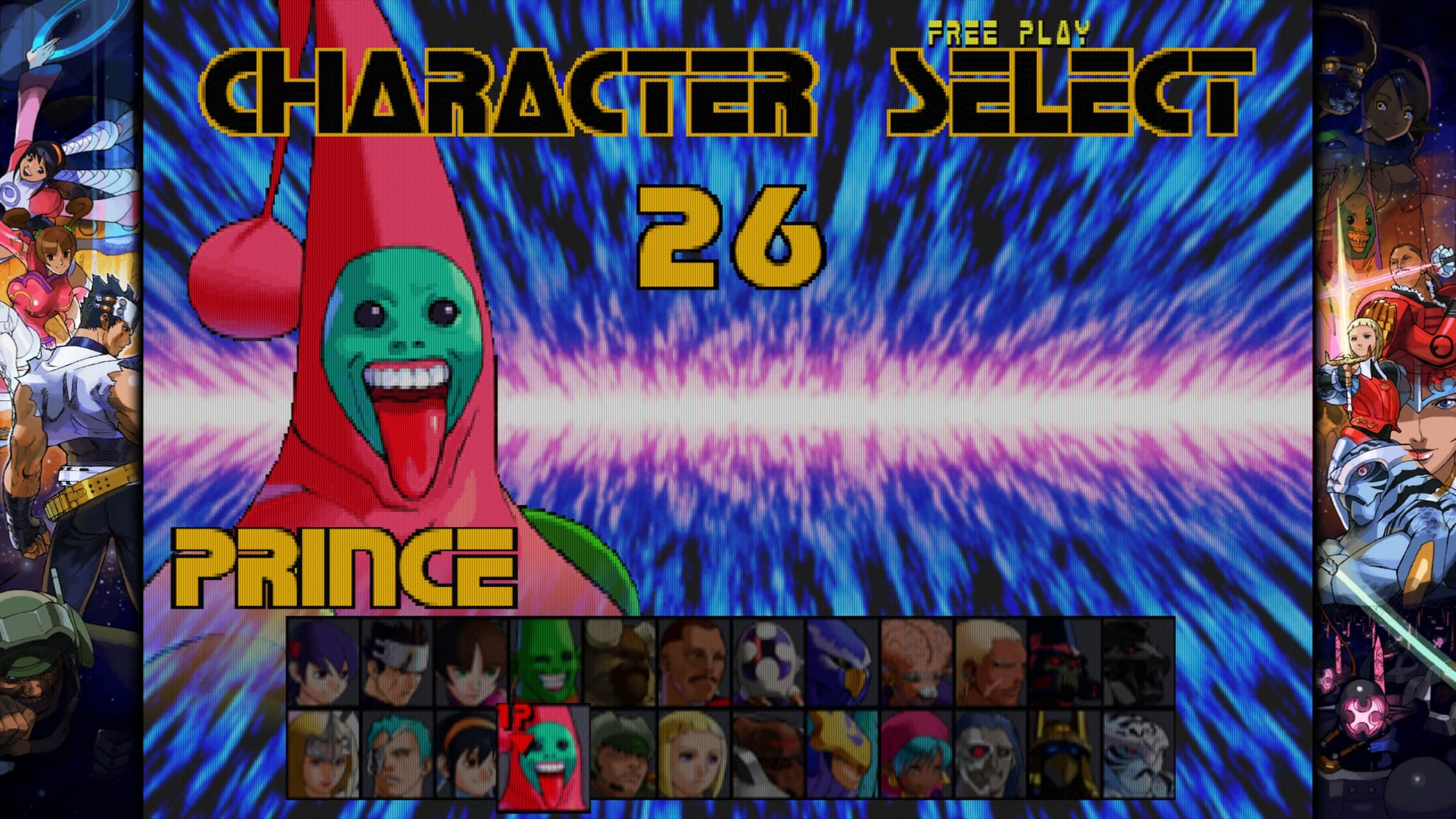
Outside of that, the same great things and big issues with previous Capcom Fighting Collection games remain. The gallery mode is a welcome sight with tonnes of gorgeous artwork, sketches, and the likes of design docs, arcade flyers, and cabinet art. There are great customisation options, including button macros and screen filters; plus, the online modes still run well from the little testing I managed to do during the review period. However, you still can only get one save state across all games. Some of the bonus features and characters found in the console editions of these games – like Power Stone 2’s Adventure mode – would be much appreciated (although we do get Evil Ryu and Orochi Iori in this version of CvS2, which is good).
Capcom Fighting Collection 2 is a great way to own some of the greatest fighting games ever made (and some less good ones) on modern platforms. It’s functionally the same as the last two entries when it comes to certain issues and additions, but the variety in game choice this time around makes it a far more compelling collection than the original Capcom Fighting Collection or the Marvel Vs Capcom edition, even if some omissions are a bit questionable.
8/10
Capcom Fighting Collection 2 was reviewed on PS4 (via PS5 Backwards Compatibility), and a review code was provided by the publisher. It's also available on PC, Switch, and Xbox One.
Rewinder uses a 10-point scoring scale in our reviews, and we've detailed our review scoring policy here for more information.

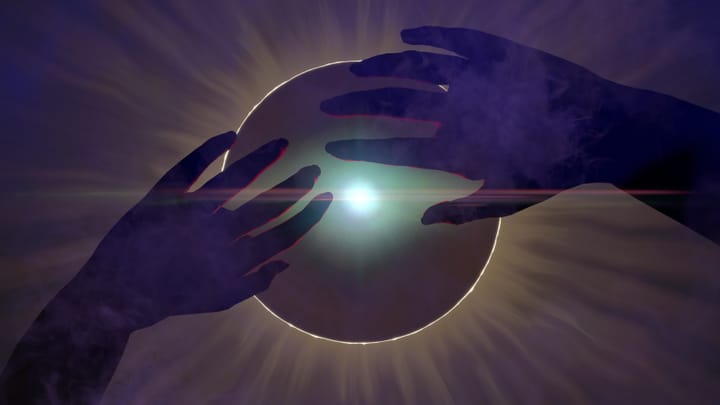
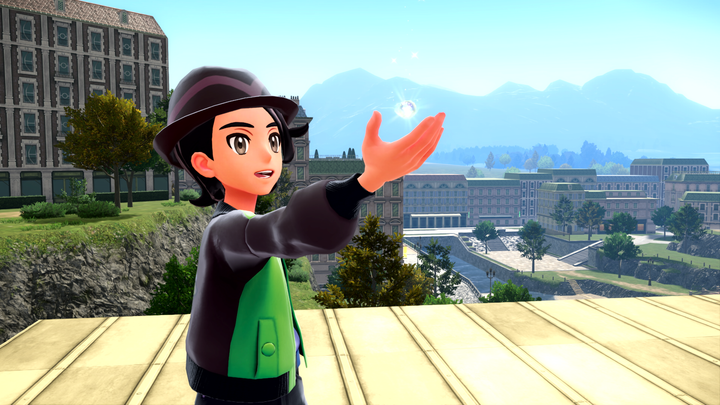
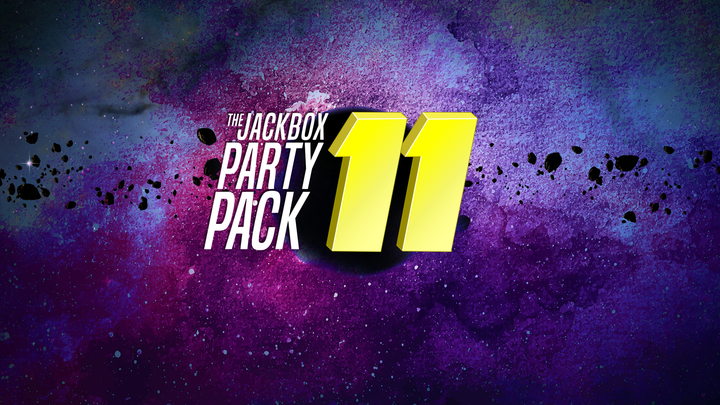
Comments ()